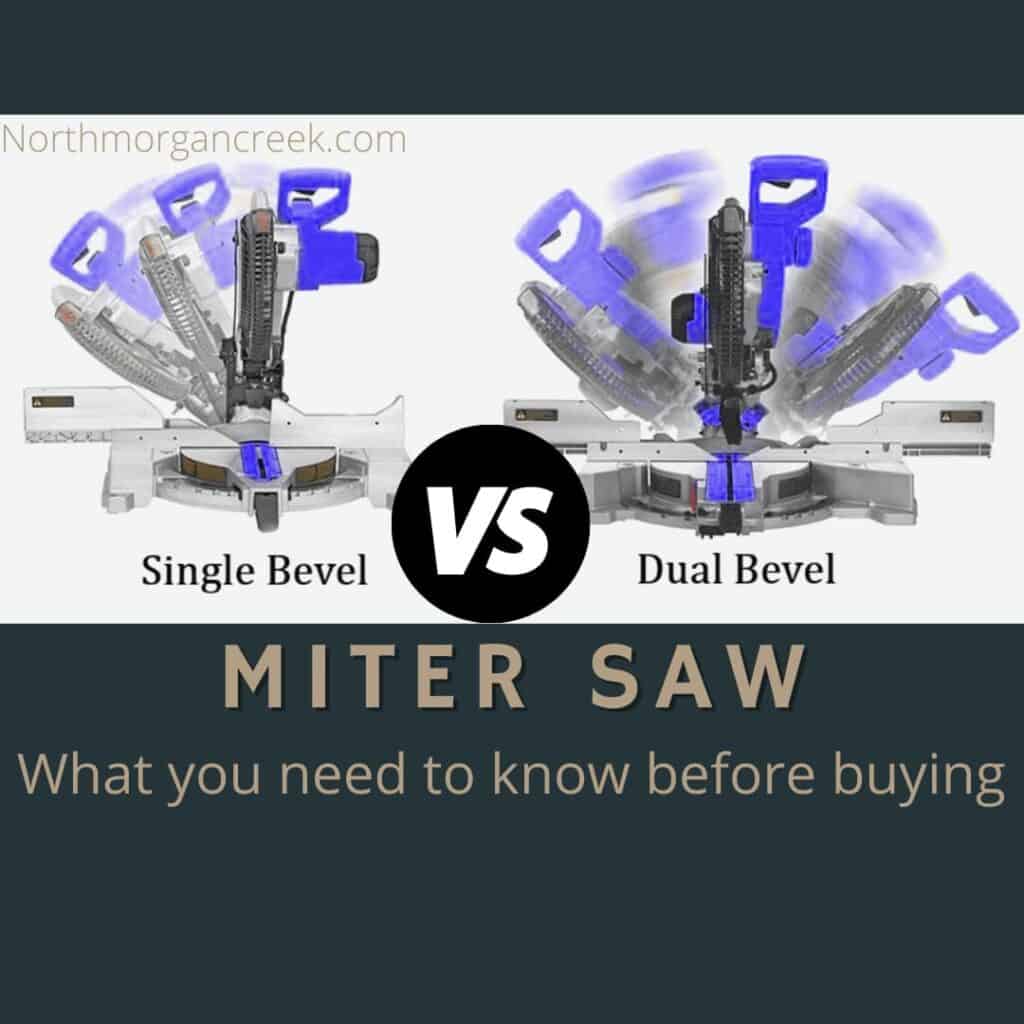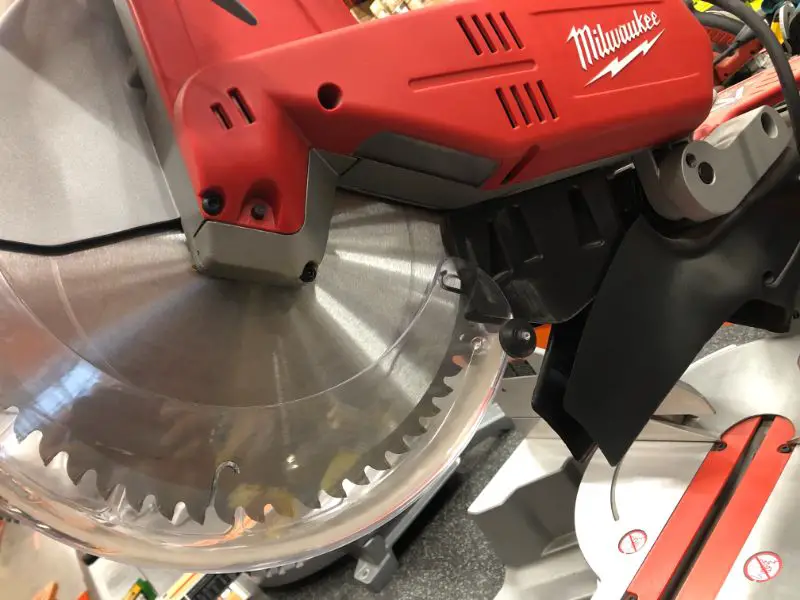As a woodworker, you may be wondering if it is safe or efficient to use a table saw without a riving knife. You also might be looking to see if you should purchase aftermarket options.
Great news! We have the answer to those questions (as well as a few others on the topic of riving knives!)
Basically, riving knives are standard on most new table saws. They add a level of safety for the operator and also help protect the wood during the cut. That being said, table saws have been around longer than riving knives.
It is entirely possible to use a table saw without a riving knife safely and efficiently. The operator needs to follow typical power saw safety procedure — but you should be doing that even with a riving knife!
What Does a Riving Knife Do?
The riving knife acts as a vital piece of safety equipment for the table saw. It functions as a barrier that prevents the cut pieces of wood from colliding into each other and pinching the saw blade.
The riving knife itself is a curved piece of metal positioned above the table saw blade, mounted onto the saw. It is set so that the curve lines up with the rear side of the blade, with only centimeters between the knife and the saw teeth.
Can I Use a Table Saw Without a Riving Knife?
Cutting wood on a table saw without a riving knife is possible. All you need to do is simply remove the knife to continue operations. As the riving knife is merely an optional safety mechanism, it is independent of the other components of the saw. It is only there to fulfill its single purpose.
While it is possible to use the table saw without a riving knife, it is essential to note that cutting wood will be much more dangerous. You can now be exposed to the risks of kickback and other possible dangers.
Can a Riving Knife Be Added to a Table Saw?
While many table saws come installed with a riving knife, you may come across one that does not have one. Luckily, riving knives are mostly compatible and can be added to almost any table saw.
All that is needed is for the knife to be fitted into the slot, which is usually positioned near the rear of the saw blade, before being clamped in. Adding one allows you to have a much safer experience when cutting pieces of wood using your machine.
Can You Still Get a Kickback with a Riving Knife?
Using a table saw without the riving knife can lead to some form of kickback. Due to the absence of a riving knife, the cut sections may close up the saw blade, resulting in a kickback of the table saw.
But even with a riving knife, you can run the risk of kickback occuring, so caution should still be used.
What are the Perks of Using a Riving Knife?
There are many perks of using a riving knife which include but aren’t limited to:
- Extra Safety Measure: The riving knife helps prevent jamming or kickback of the saw blade, which could prove harmful to anyone in the shop while the cutting is occurring.
- Low-Impact Presence: The knife itself is independent and does not contradict any other components’ operations on the table saw. Along with that, it is set up behind the table saw blade, allowing it to perform as needed without getting in the way of the actual work. In addition, there is no need to remove the knife for most cuts that you will be doing, including a cross or blind cut.
Are There Any Downsides to Using a Riving Knife?
Contrary to what some may say, there is no reason for woodworkers not to have a riving knife on their table saw. While there may be instances where the knife needs to be removed, those are few and far between. This isn’t just for safety reasons, but it also improves the cutting process and overall life of your machine.
Riving Knife Alternatives
Should you not have a riving knife or are working with a saw that doesn’t support one, there are some other options for you to choose from. The most common choice is to use splitters. Like riving knives, splitters are built to eliminate kickback.
There are many splitter options on the market, and they offer various perks and properties. As long as it is compatible with the saw you are using, it can prove an adequate replacement for a riving knife.

